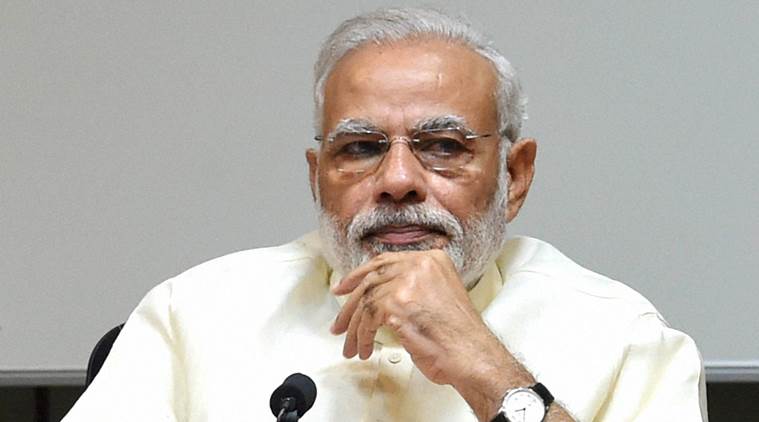PM Modi is learnt to have raised the cost factor as well as the wisdom of rolling out en masse a technology that is untested for Indian conditions and is mainly commissioned in high-speed systems in some global railways.
Written by Avishek G Dastidar | New Delhi | Updated: April 9, 2018

In a letter to Prime Minister Narendra Modi on April 2, MP Yashwant Singh has alleged that despite assurances, Dalits are yet to receive benefits of reservation, including in jobs and promotions.
Prime Minister Narendra Modi has turned down an ambitious plan of the Indian Railways to introduce a new signalling system, based on the European Train Control System-Level 2, in its entire network. Sources told The Indian Express that the PM said no to the proposal, which would have cost around Rs 78,000 crore, when it came up at a meeting with the Railway Board on March 26.
Modi is learnt to have raised the cost factor as well as the wisdom of rolling out en masse a technology that is untested for Indian conditions and is mainly commissioned in high-speed systems in some global railways. He asked the Railways to carry out extensive trials in a section with heavy traffic density first, and take a call depending on its success.
Railway Minister Piyush Goyal, who has been vocal in his support of the idea, favoured giving the entire contract to one player so as to gain a price advantage on economies of scale. However, the Railway Ministry’s own Finance Department had red-flagged the huge cost involved and its justification. It estimated that the actual cost would be at least 1.5 times more than estimated.
A source present at the meeting said the PM also told the Railways “to explore indigenously developed technologies for such signal upgrade in the future”.
The Railway Board has been evaluating a project report prepared by Ernst and Young detailing the benefits of ETCS-Level 2. As per the report, which also gave the estimated cost of Rs 78,000 crore, there are eight potential global suppliers who could vie for this contract: Siemens, Thales, Alstom, Bombarider, Ansaldo, STS, CAF, and Memec Group.
ETCS-Level 2 is a complex system of electronic devices installed along tracks to convey train signals to a computer fitted in the locomotive, doing away with the need for track-side signal indicators. The main feature is that the devices fitted in the tracks get synced continuously to reflect the current signals on the route and to update that information in a running locomotive via wireless frequency. It negates the possibility of collision as trains are electronically prevented from jumping signals and, even if they do, the locomotive comes to a halt automatically.
Globally, including Europe, the wireless technology is based on the 3G-Global System for Mobile Communications (GSM), but the E&Y report professed a system based on the futuristic 4-G Long-term Evolution (LTE), which is still under testing.
Apart from the Ministry’s Finance Department, an internal committee formed to advise the Railway Board on the project had also raised doubts, questioning the benefits of the project vis-à-vis operational capacity enhancement and return on investment.
Backing the new system, Goyal had said on the day of the Budget, “So far, in the whole world, a total of 60,000 km of this system has been installed. We are doing that in India alone. India will change the rules of the game… The cost will finally be so less that no one would be able to compete with the price even internationally.”
In his multiple interactions with internationally reputed industry players, Goyal had been saying that the Railways would like to give out the whole contract for 60,000 km to one player to maximise the cost advantage.
Incidentally, the automated anti-collision feature of ETCS-Level 2 is also available in the Automatic Train Protection system based on ETCS-Level 1, which is installed on 340 km of Railways. An indigenously developed ATP called Train Collision Avoidance System (TCAS) is under trial on 250 km of the South Central Railway as a pilot project. Mumbai suburban system, too, has had an ATP for years.



.jpg)
.jpg)



0 comments:
Post a Comment